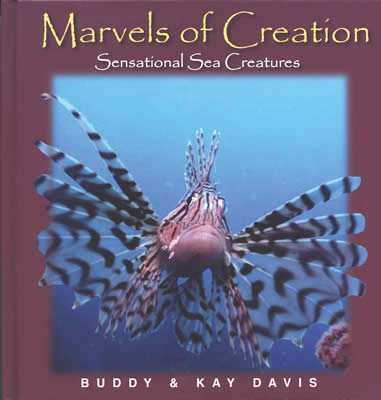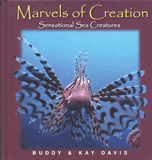Jellyfish are free-swimming creatures which are found in all the seas throughout the world. They range in size from 1-1/2 inches (4 cm) to over 6 feet (2 m) across with reports of tentacles up to 200 feet (61 m) long.
The common jellyfish is shaped much like an umbrella with four to eight tentacles around the margin. The mouth is under the umbrella-like canopy which leads to the digestive system.
The swimming movement of the jellyfish is like an umbrella opening and closing very slowly. The pulsation is coordinated by a very simple nervous system and by sense organs around the edge of the bell or umbrella.
Jellyfish are carnivorous and capture fish, shrimp, and other small animals with the tentacles paralyzing them with stinging cells. After the prey is caught, it is transferred to the mouth. Some jellyfish feed on small plankton-like animals as well. The smaller animals are trapped in the sticky mucus covering the surface of the jellyfish and are propelled to the rim by cilia.
The many mouths and polyps on the underside of the jellyfish give it an appearance like a cauliflower.
The male jellyfish empties sperm into the sea and the female takes it in with her food. The eggs are fertilized and develop in pouches. They are set free as larvae and attach to seaweed or rocks to develop into polyps. Tentacles develop and new polyps develop as well. Each polyp develops into a number of young jellyfish called ephyra larvae. They do not look like mature jellyfish but gradually transform into the bell-shaped adult.
The body of the jellyfish is 99 percent jelly or water, with less than 5 percent organic matter. If you have been on a beach and seen a jellyfish that has been stranded by the tide, it soon disappears in the hot sun. This does not mean that it is a simple organism. It is very complex in its design.
The stinging cells on the tentacles of some species of jellyfish can be very venomous and deadly. The most poisonous jellyfish are those found living in the coral seas along the coast of north Australia, the Philippines, and Japan. They are often called sea wasps and can kill a person in a very short time, inflicting terrible pain. Man has learned to be very cautious of jellyfish.
Jellyfish
Coelenterate • Scyphozoan• Aurally aureate
Length: Range from 1-1/2 inches–6 feet
(4 cm–2 m) across with tentacles reaching
up to 200 feet (61 m) long.
Life Span: Unknown
Special Design Feature: The unique umbrella design
allows the jellyfish to move through the water by
the opening and closing motion of the umbrella.
Did You Know? Jellyfish are found in all the seas of
the world. Some species of the jellyfish can kill a
person with their stinging tentacles.

Marvels of Creation: Sensational Sea Creatures
Brings the world of the sea alive in a unique and colorful way with photographs, a page of facts and commentaries.
Browse Kids BookRecommended Resources
- © 2024 Answers in Genesis
- Privacy Policy
- Contact
- About



